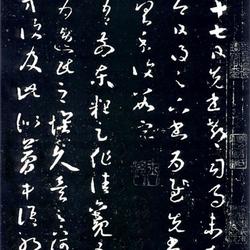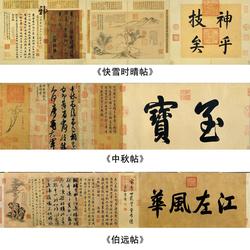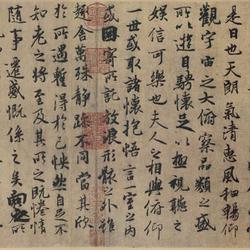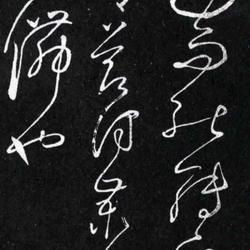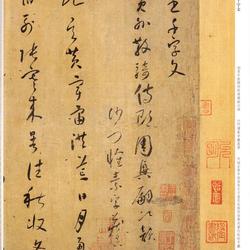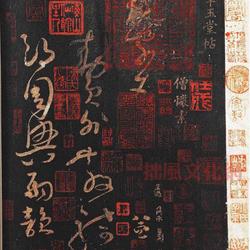Mi Fulin's "Seventeen Posts" is compared in high-definition regular script, eliminating the need to look up the dictionary.
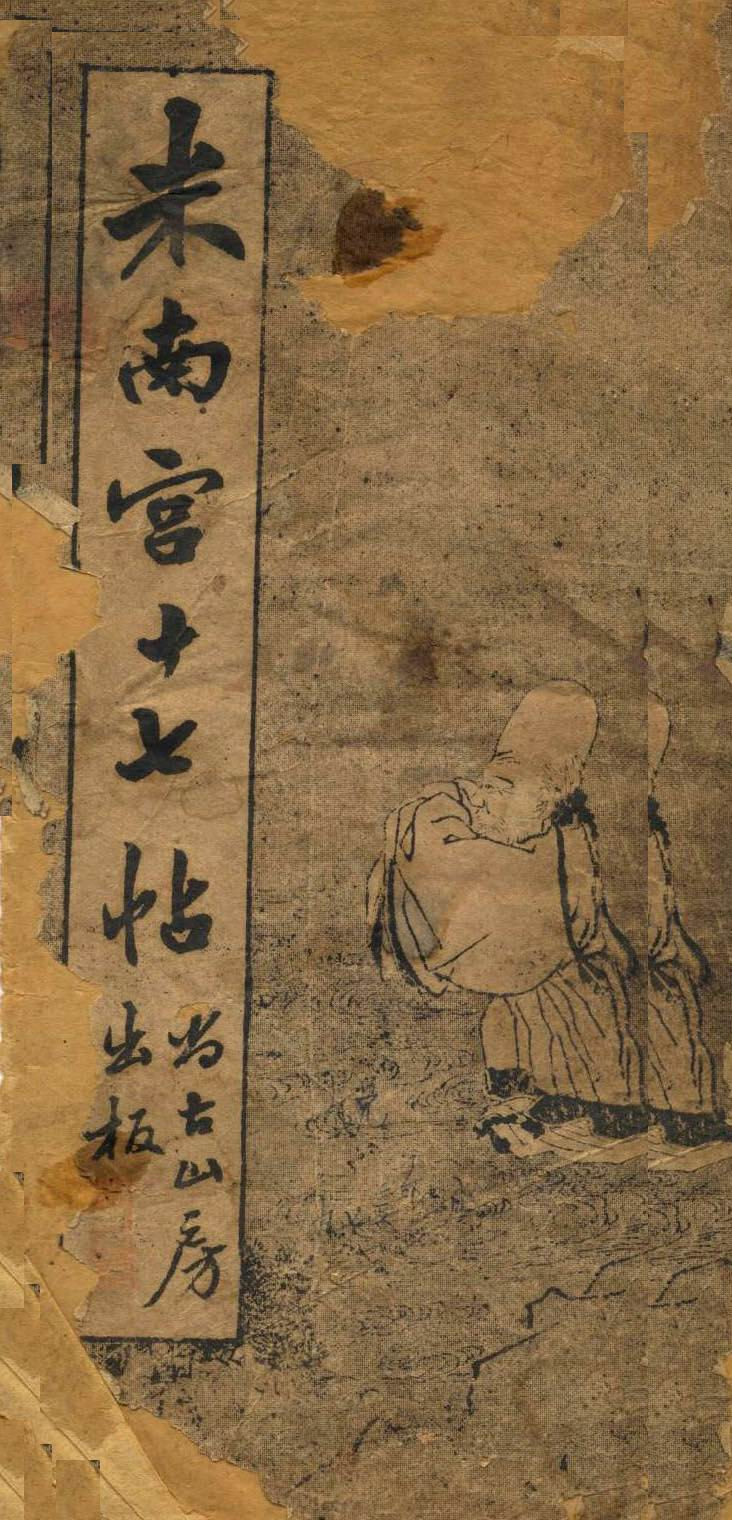
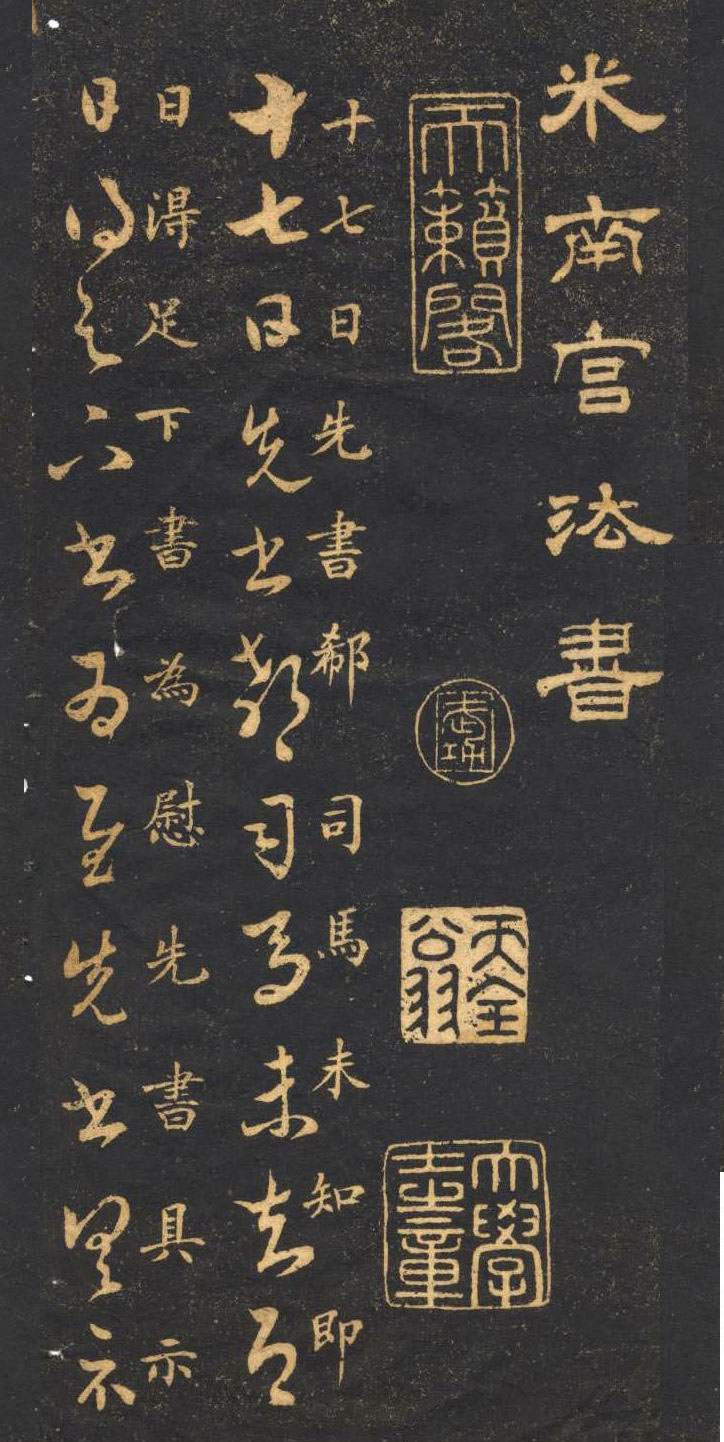
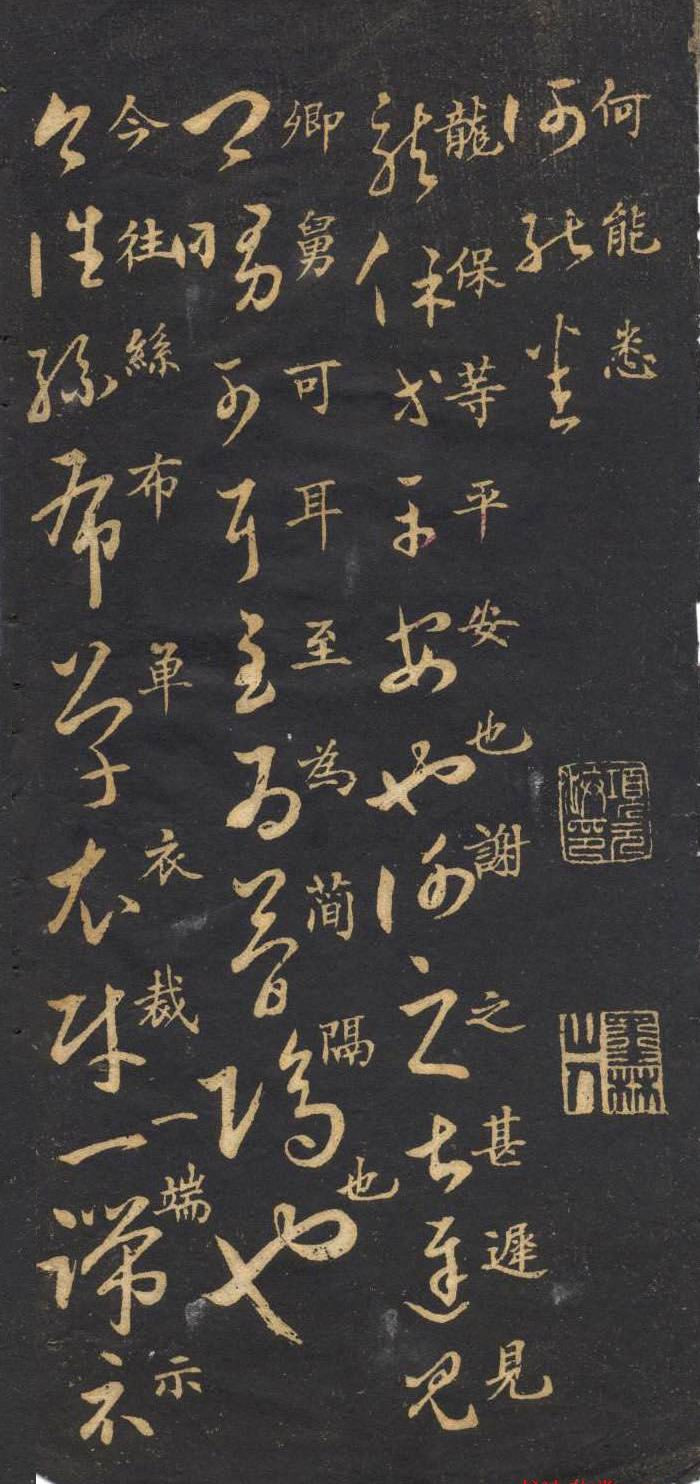
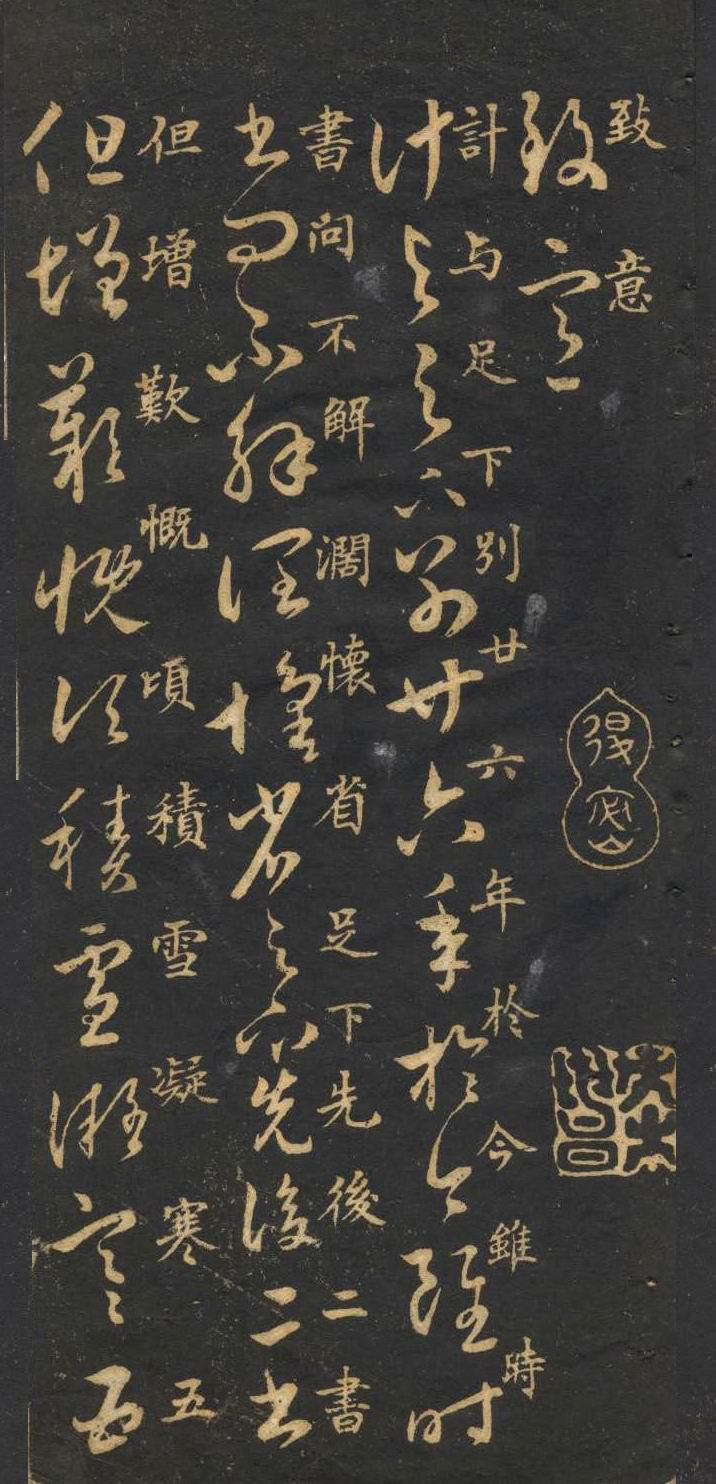
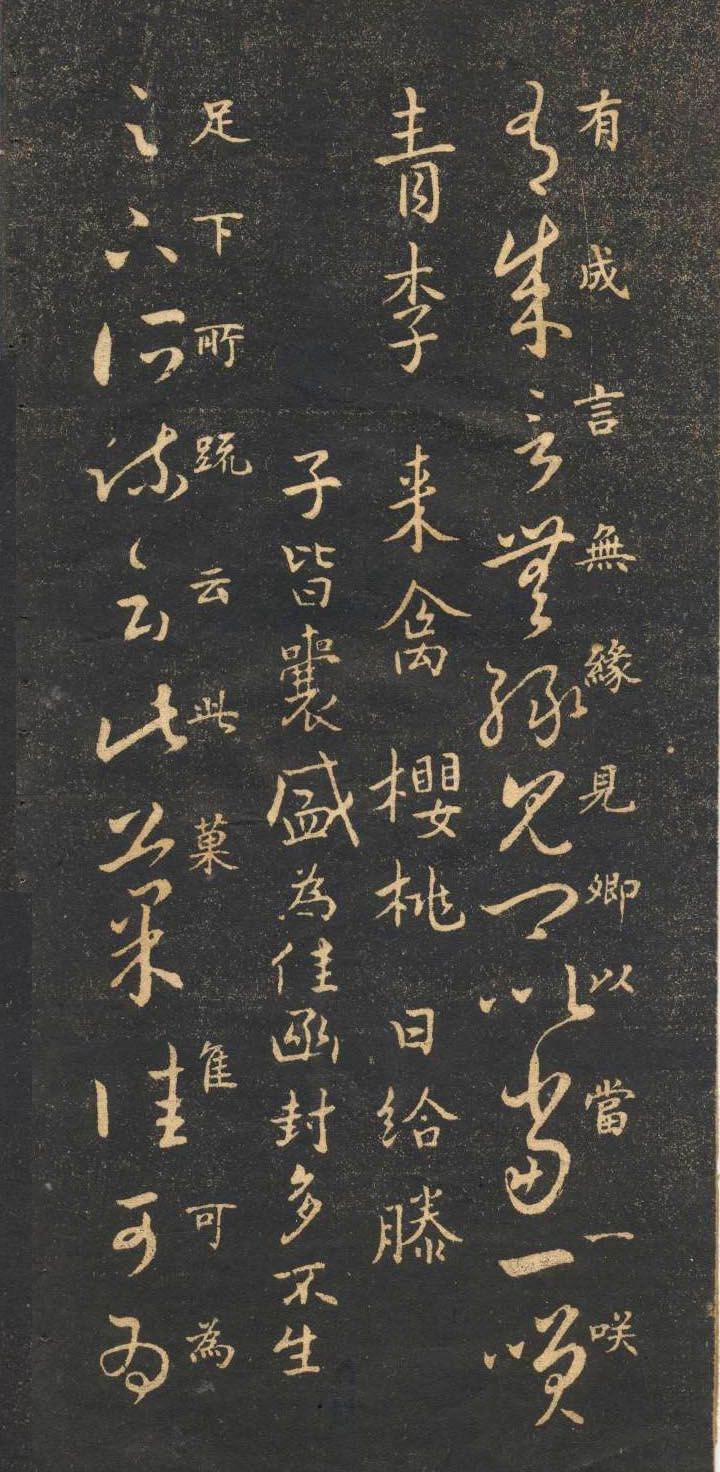
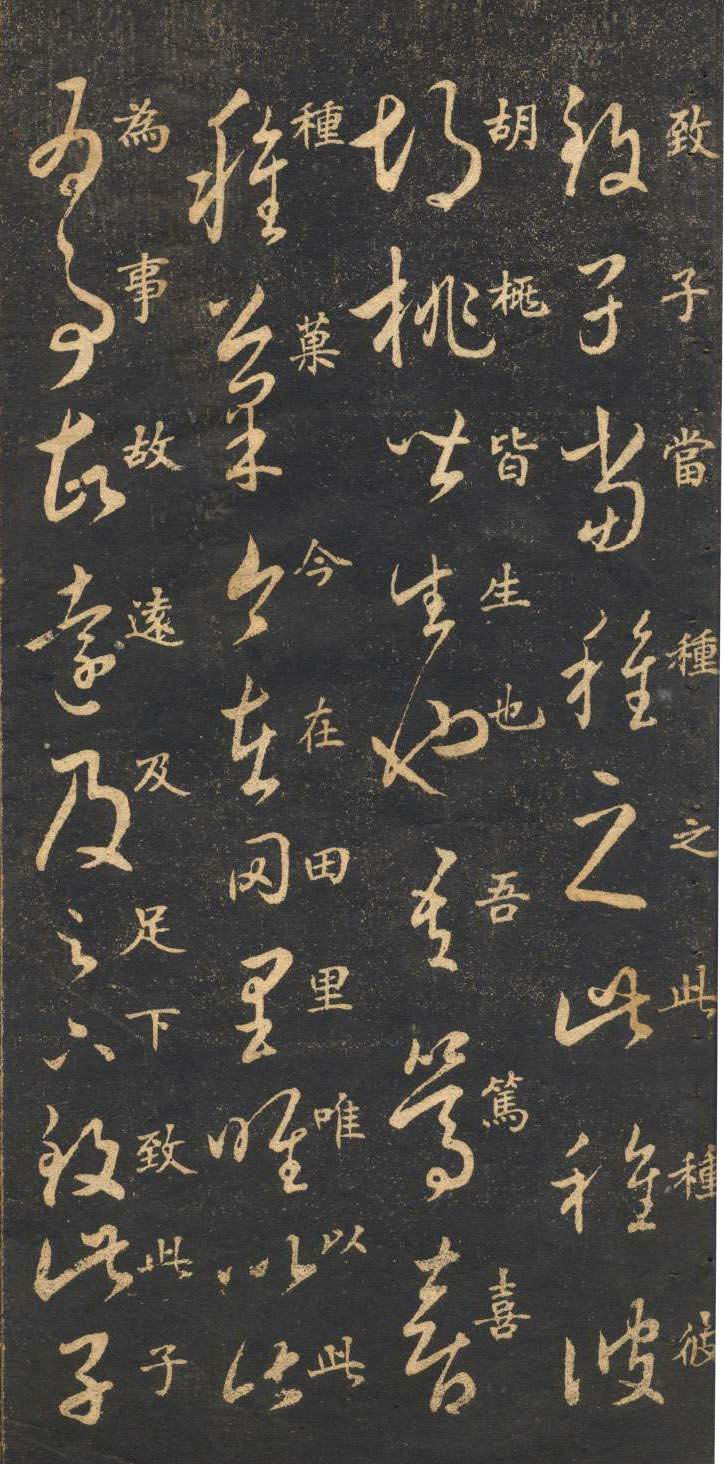
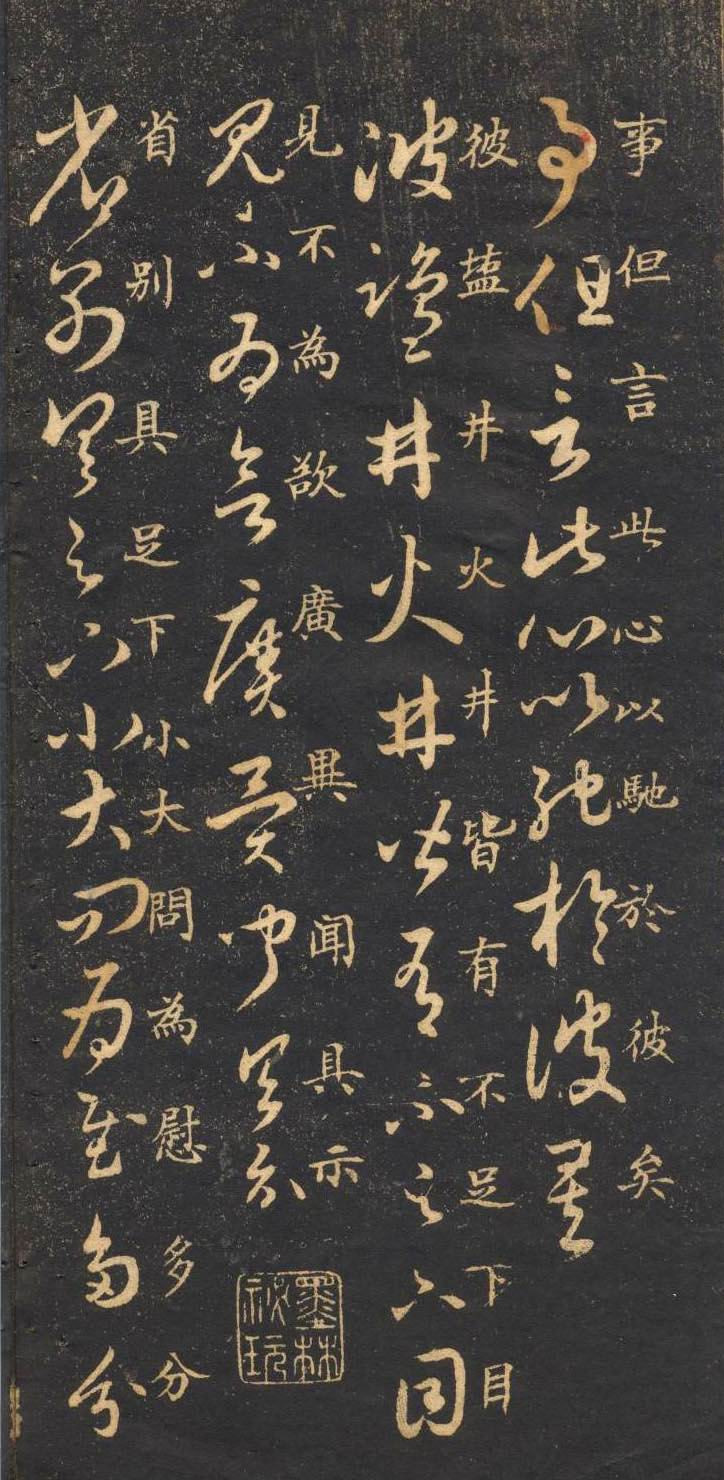
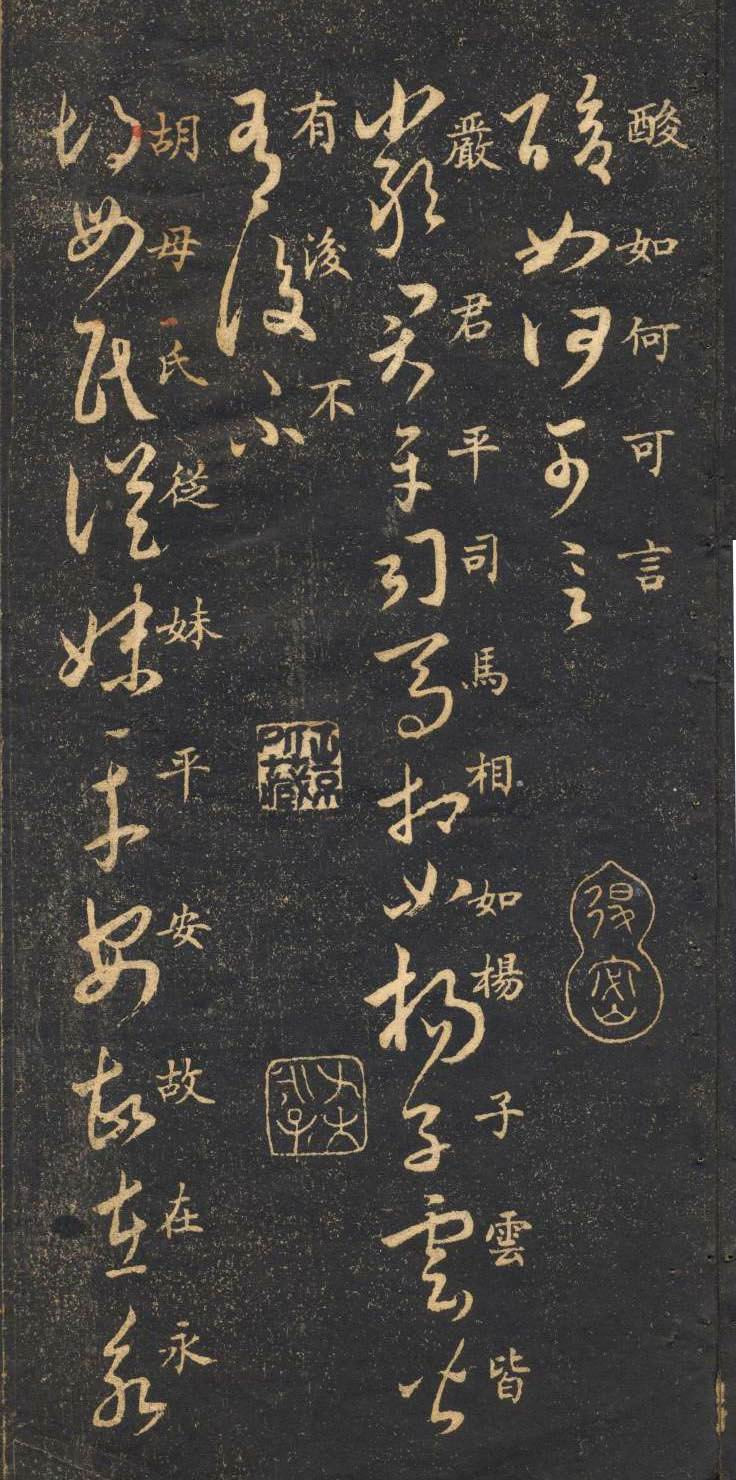
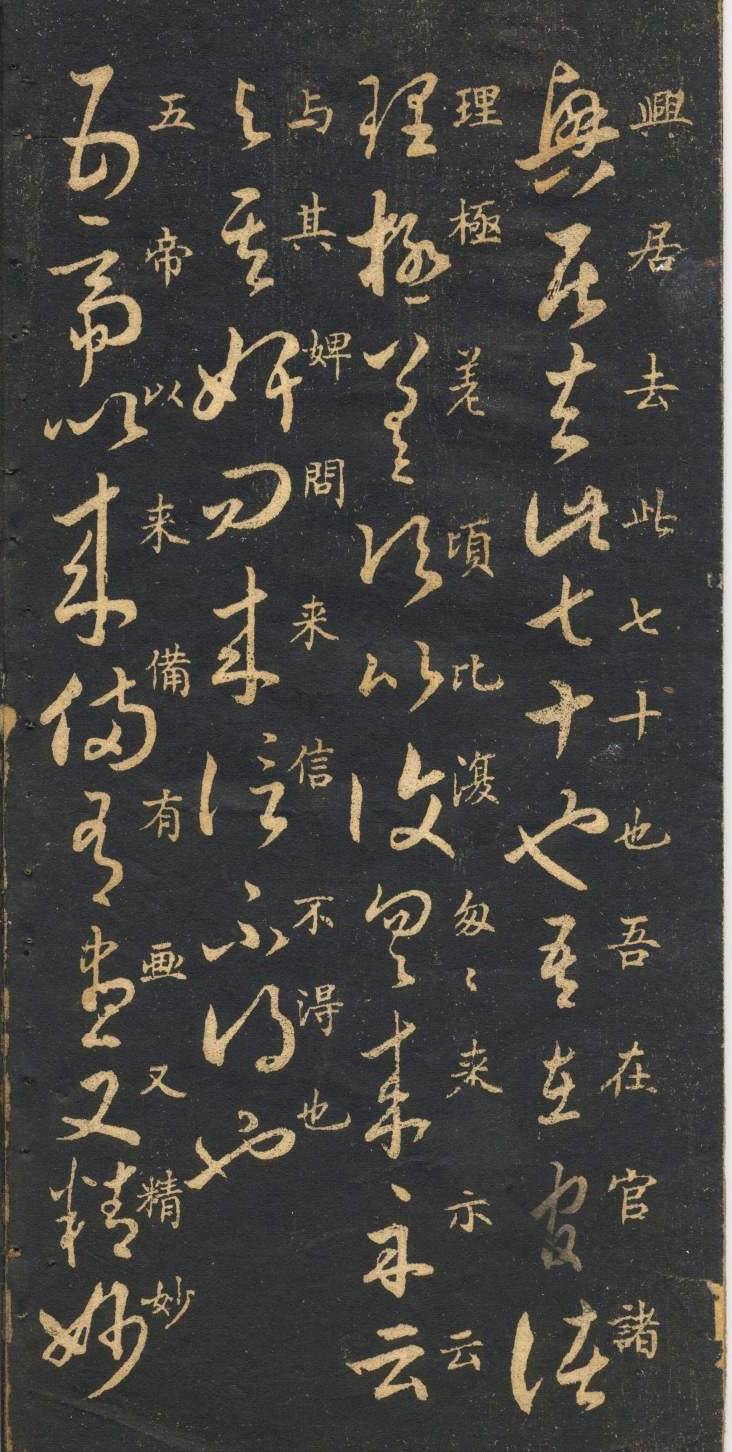
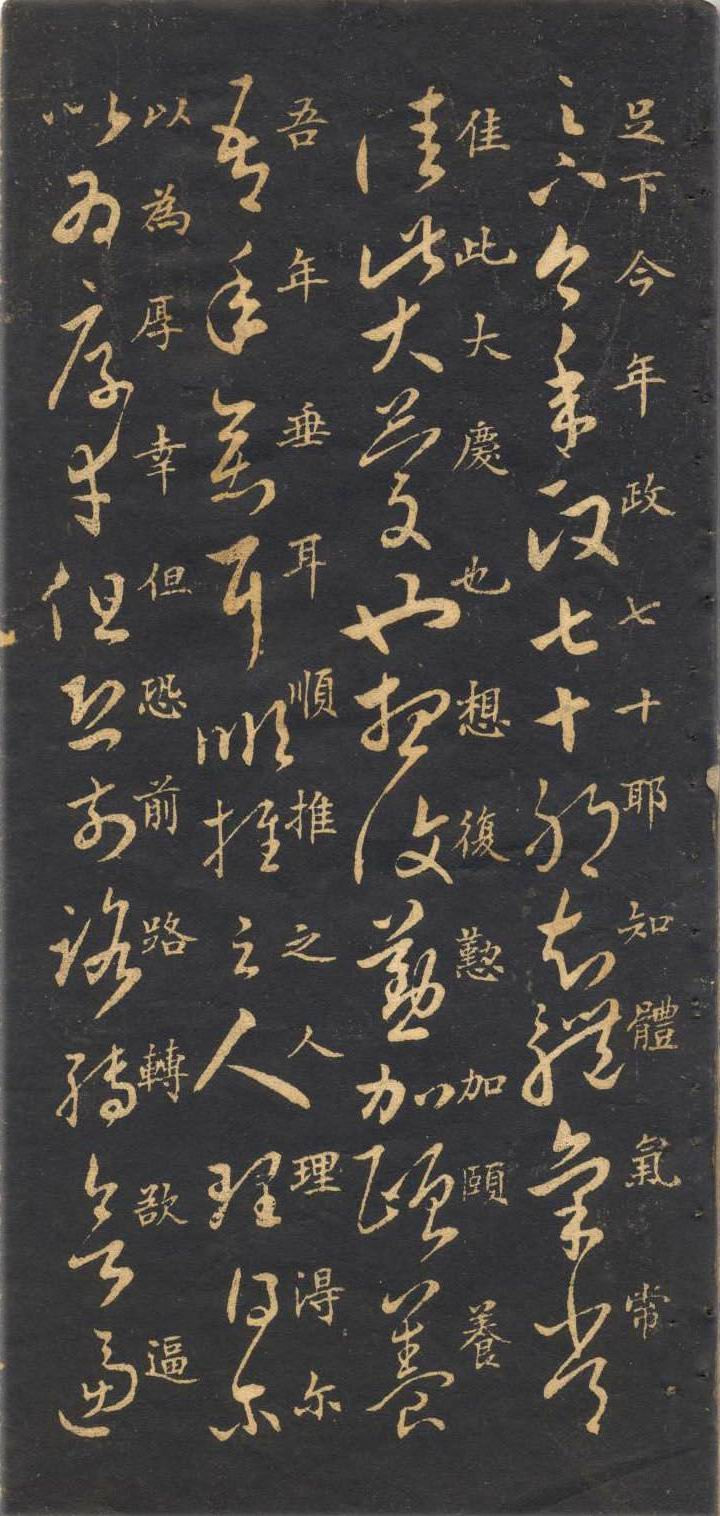
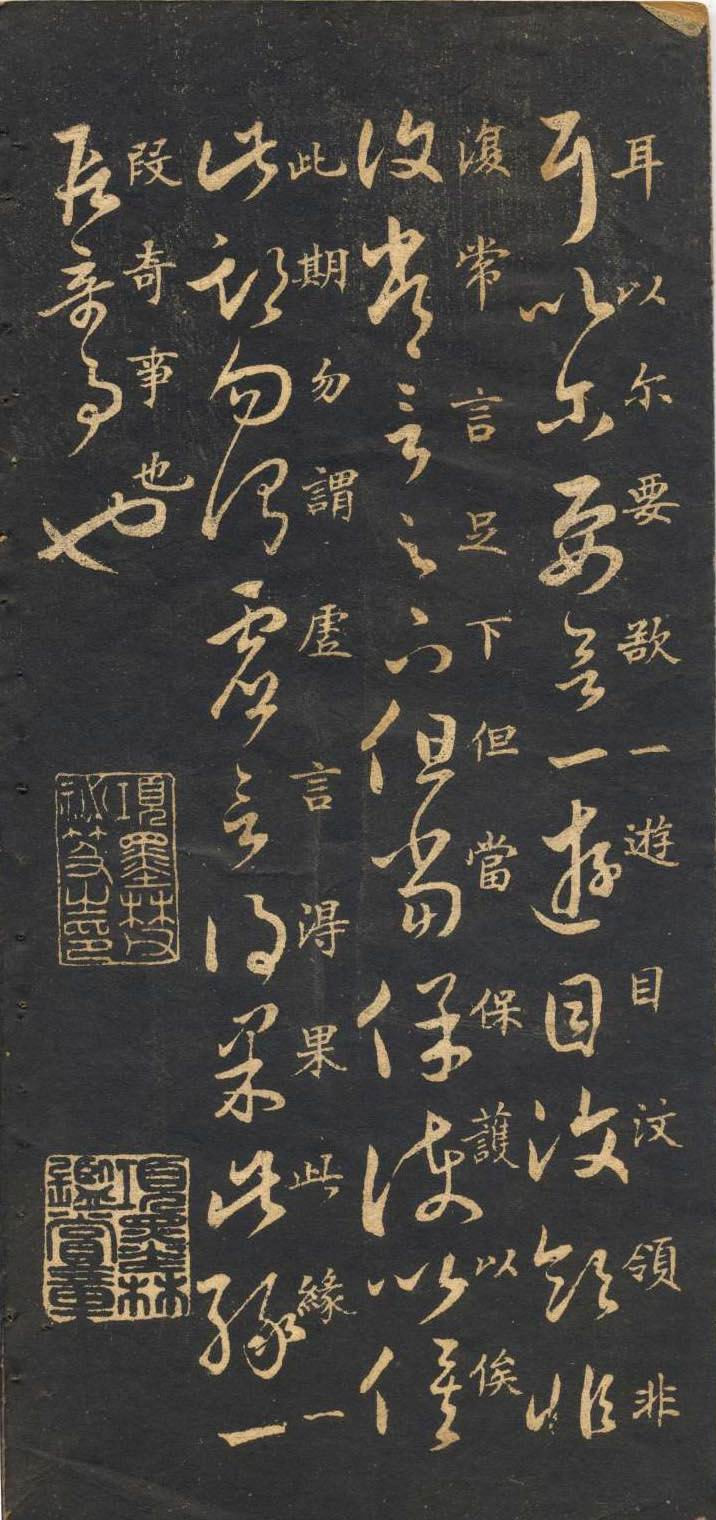
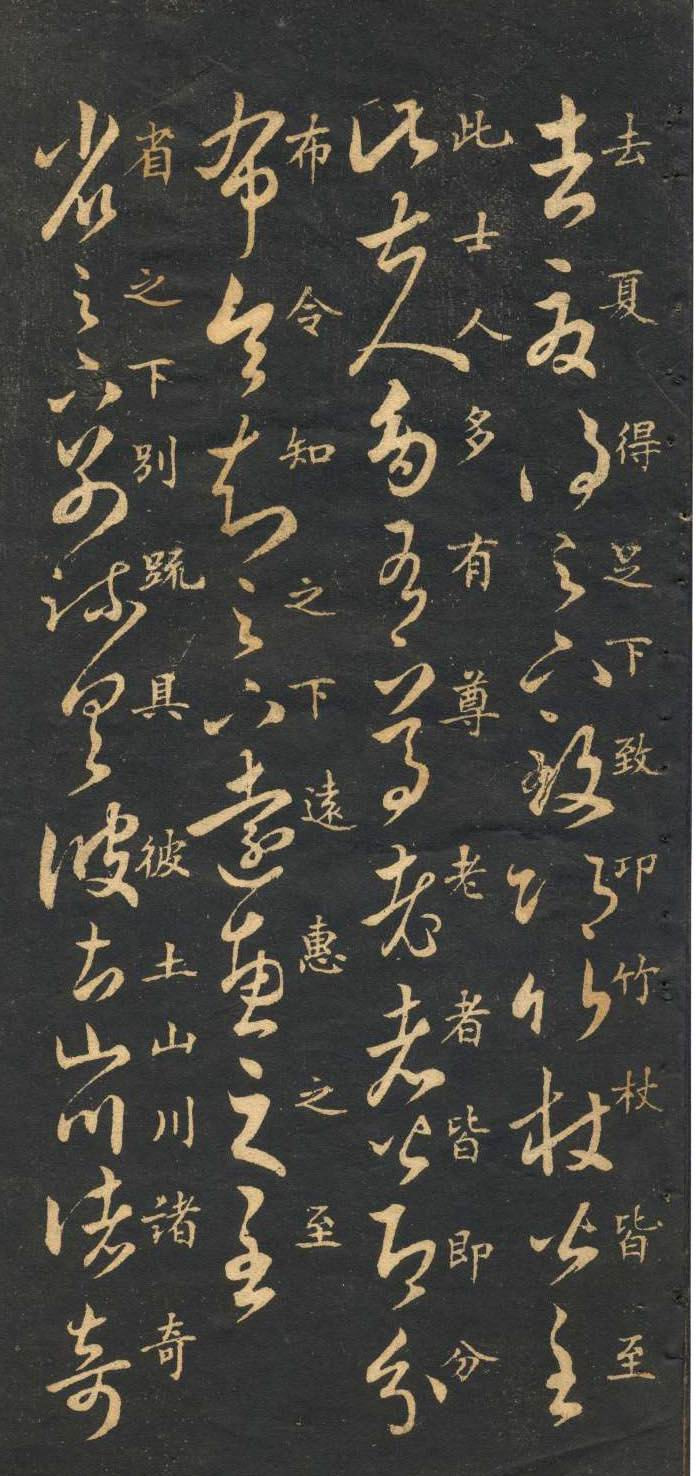
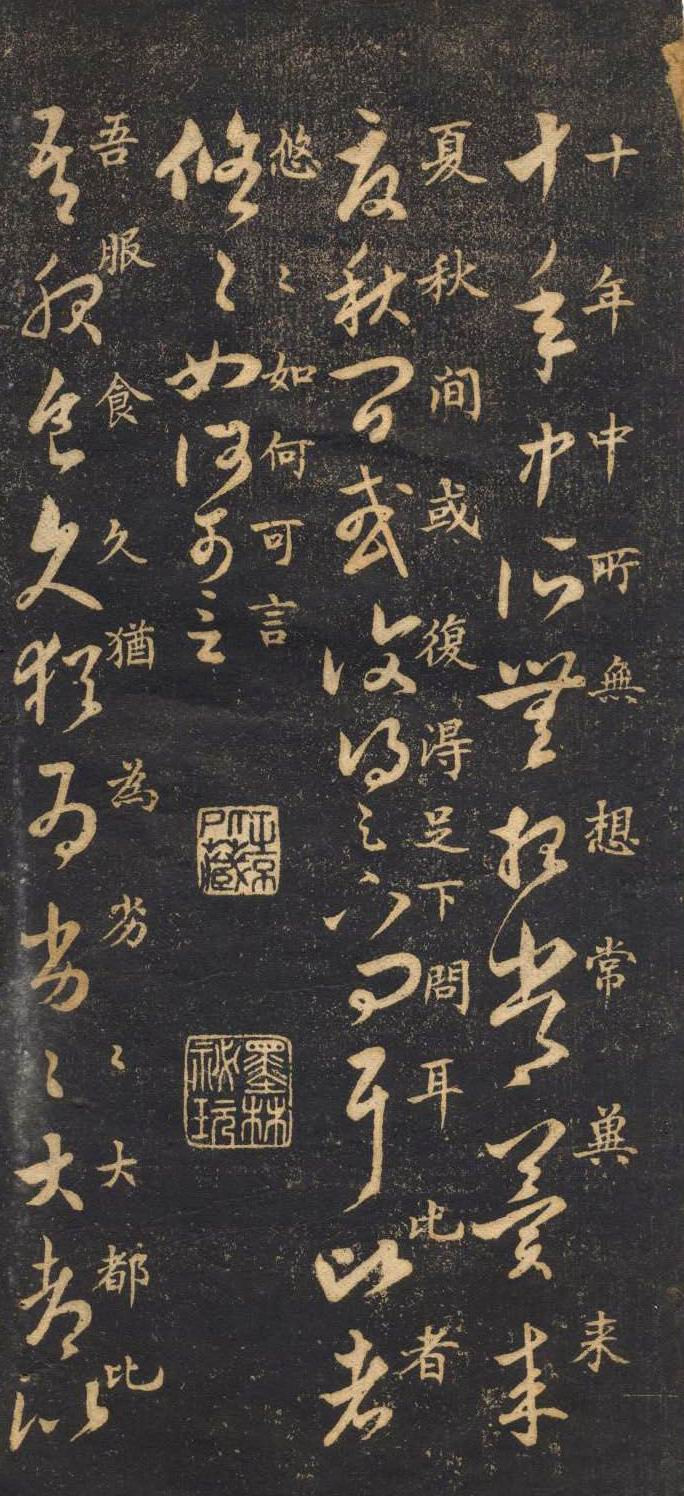
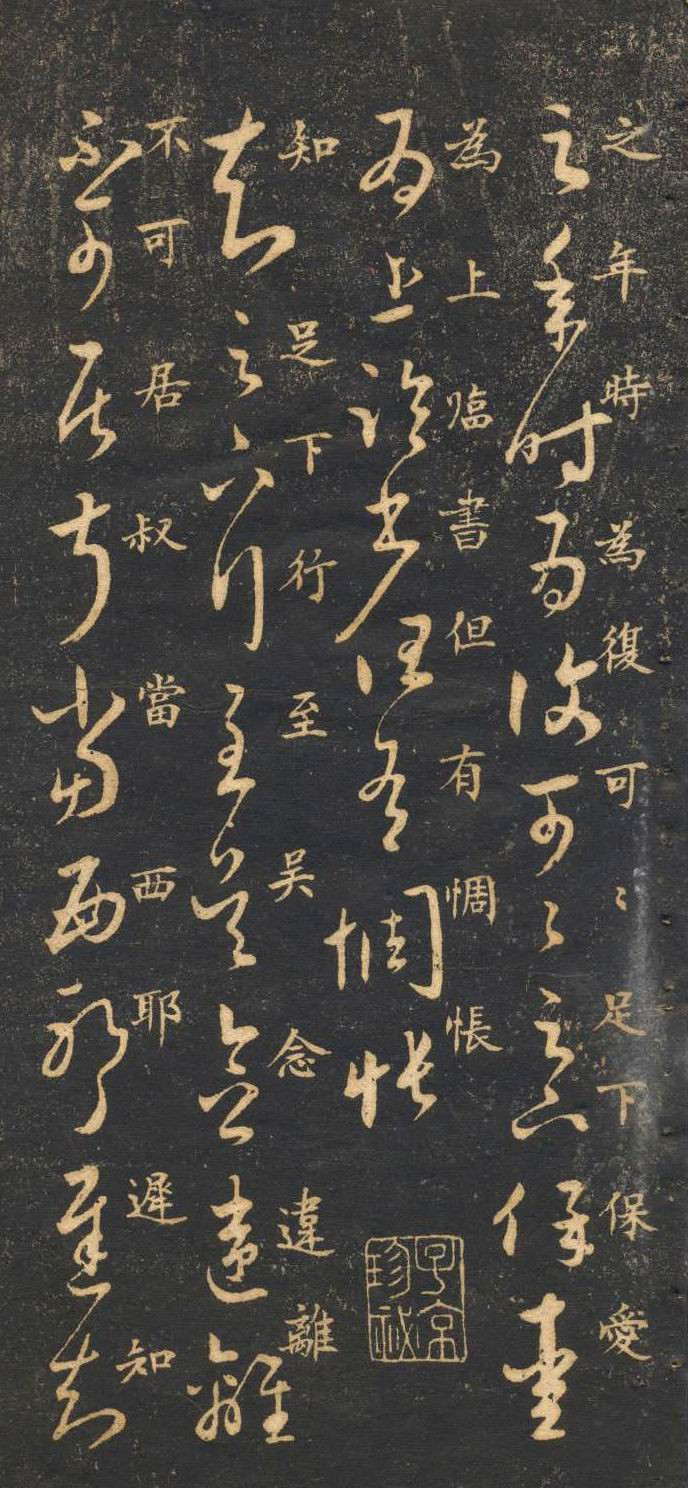
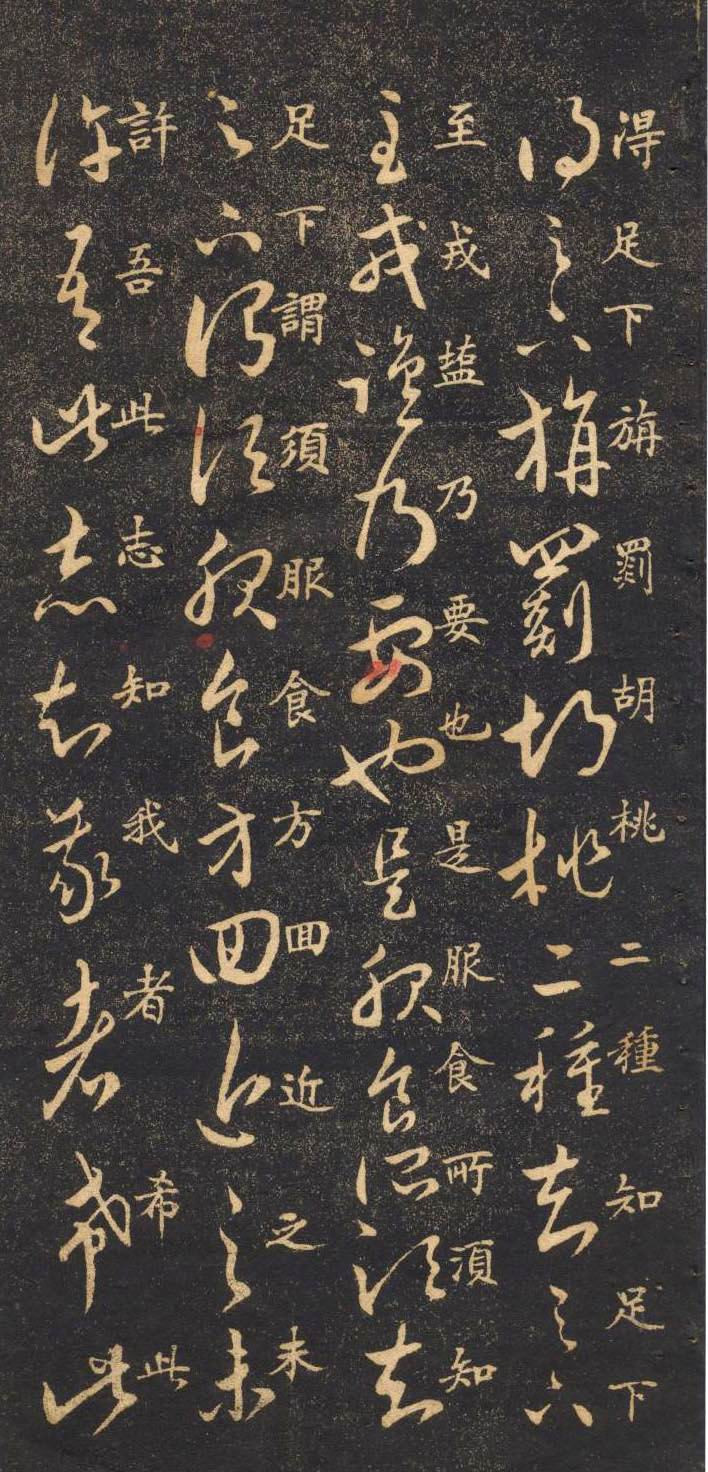
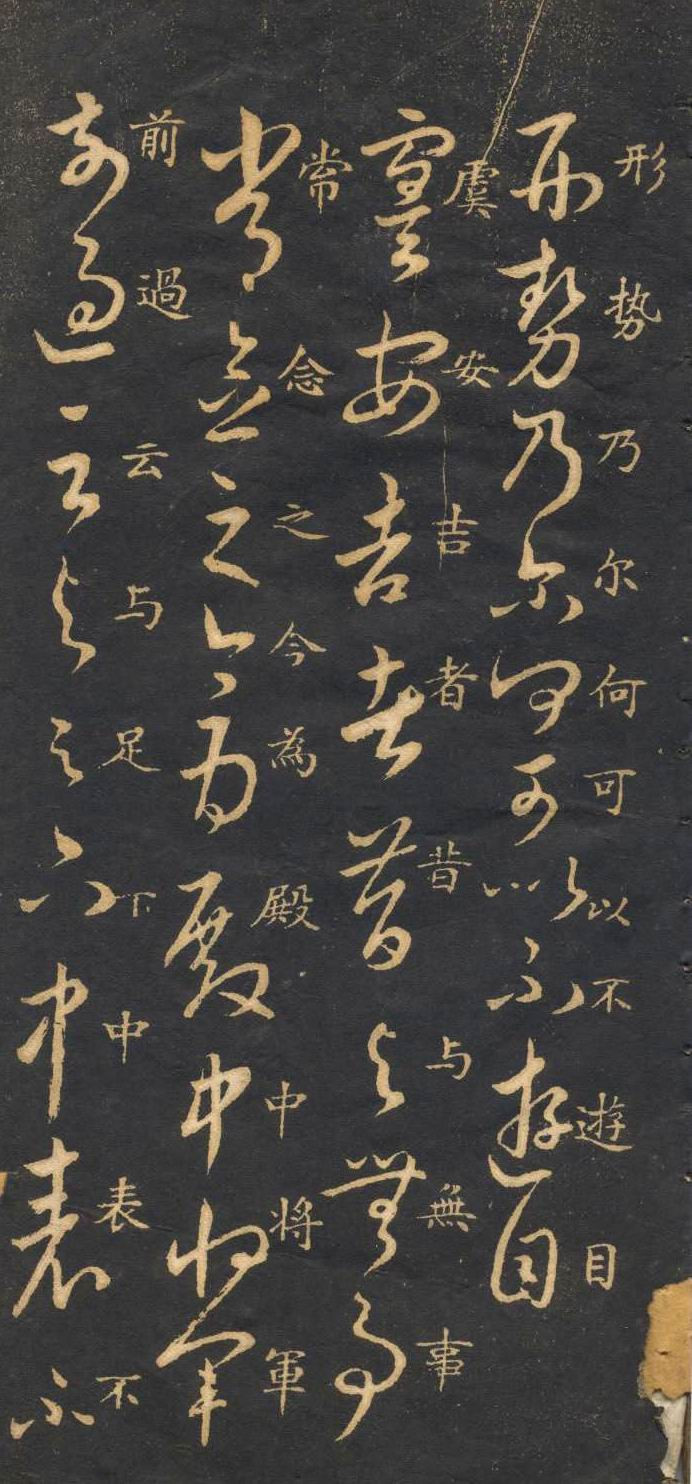
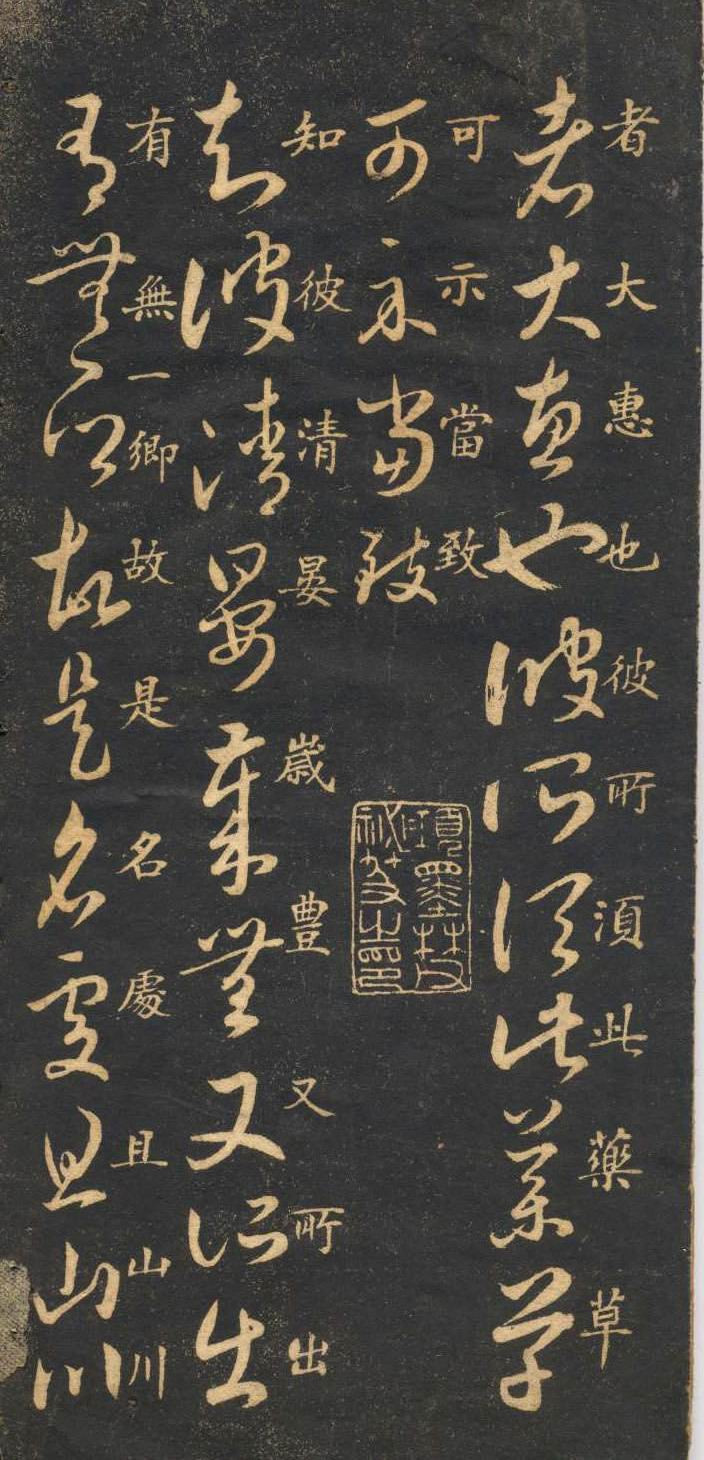
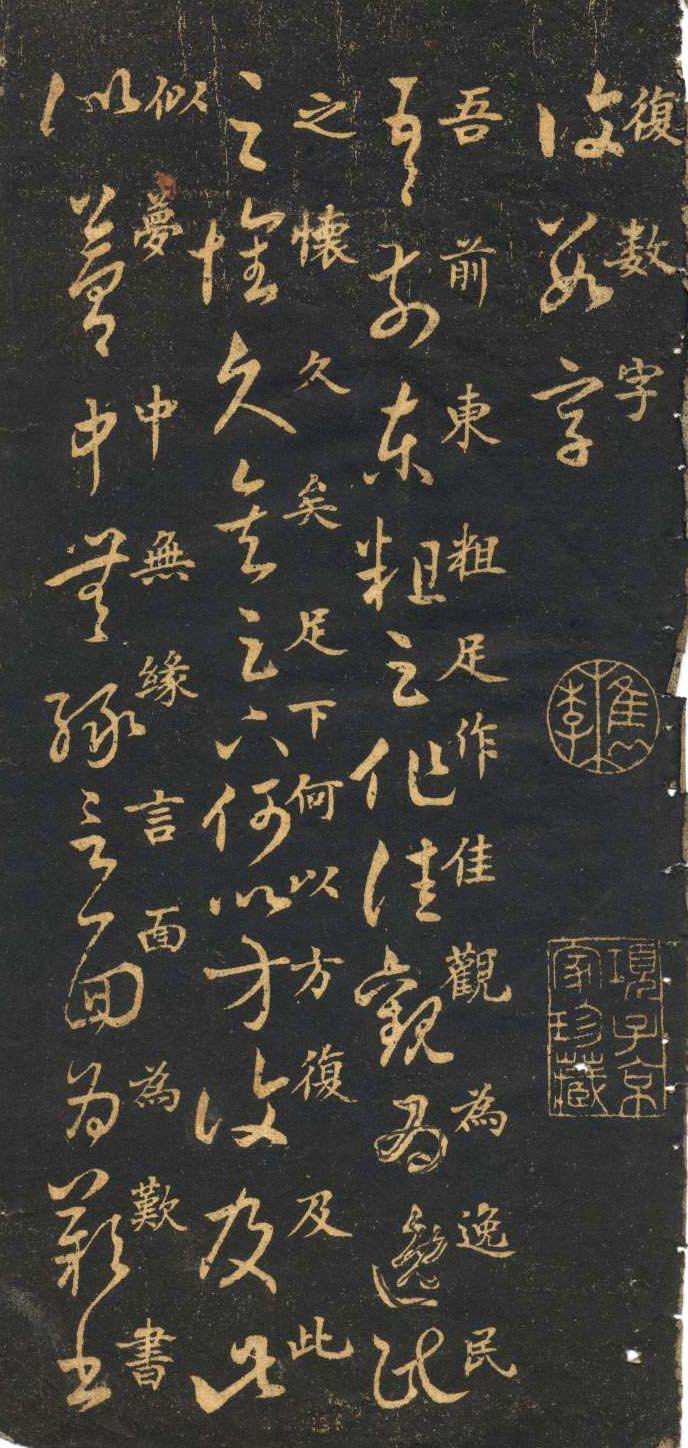
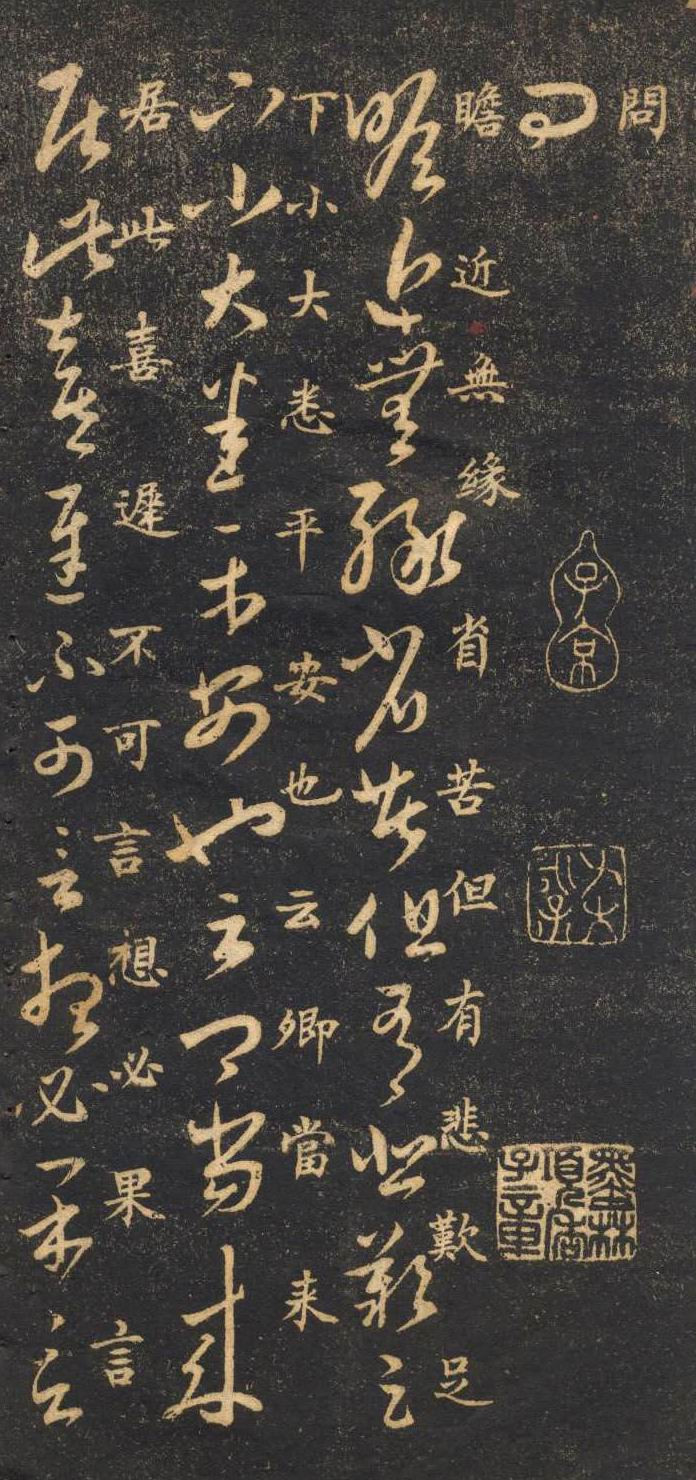
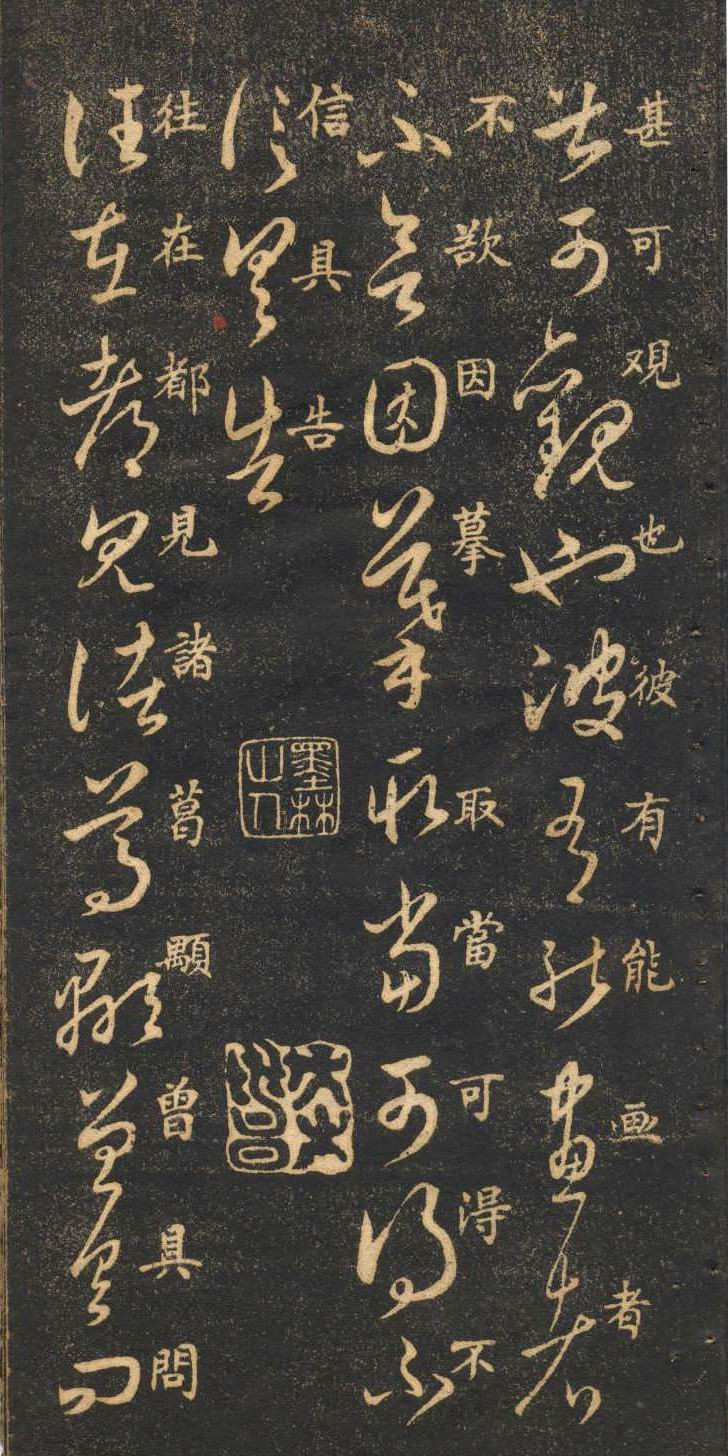
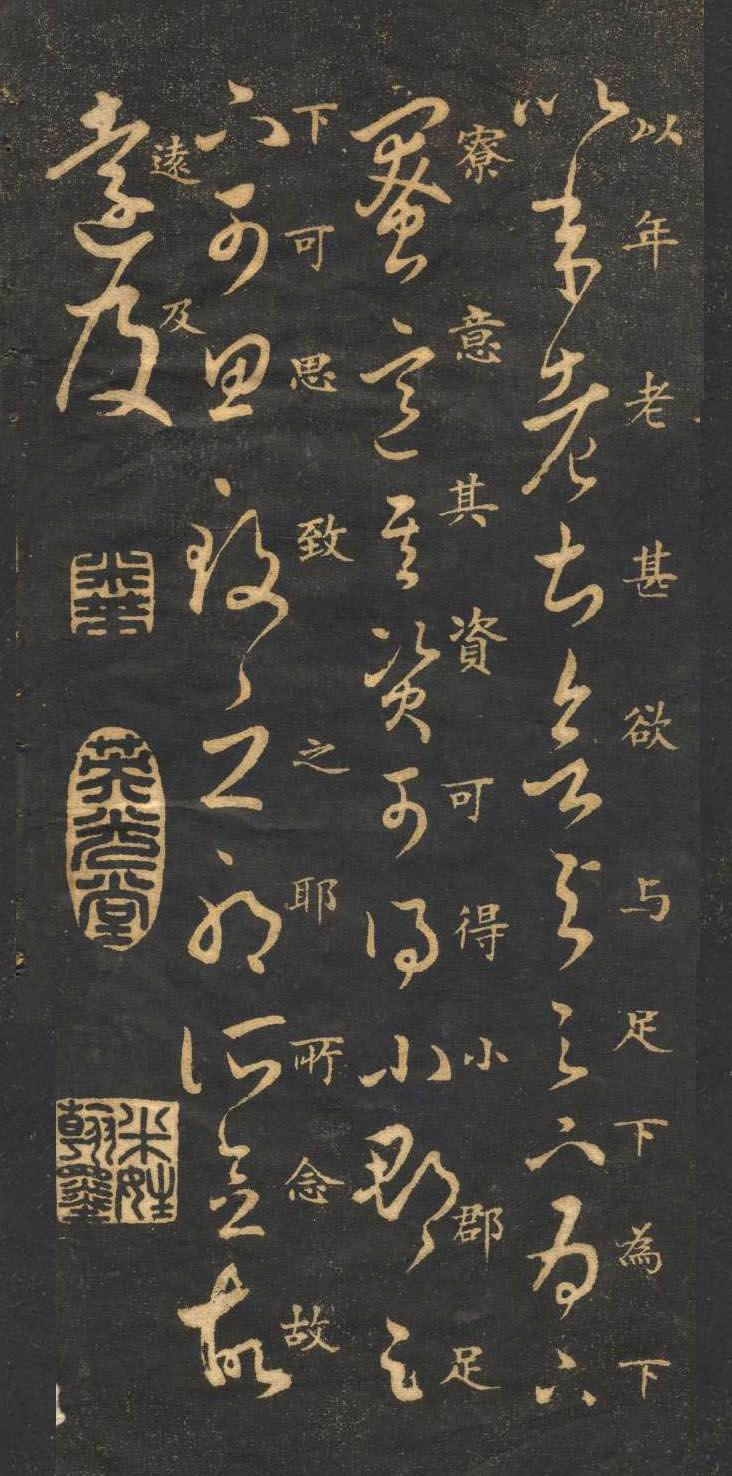
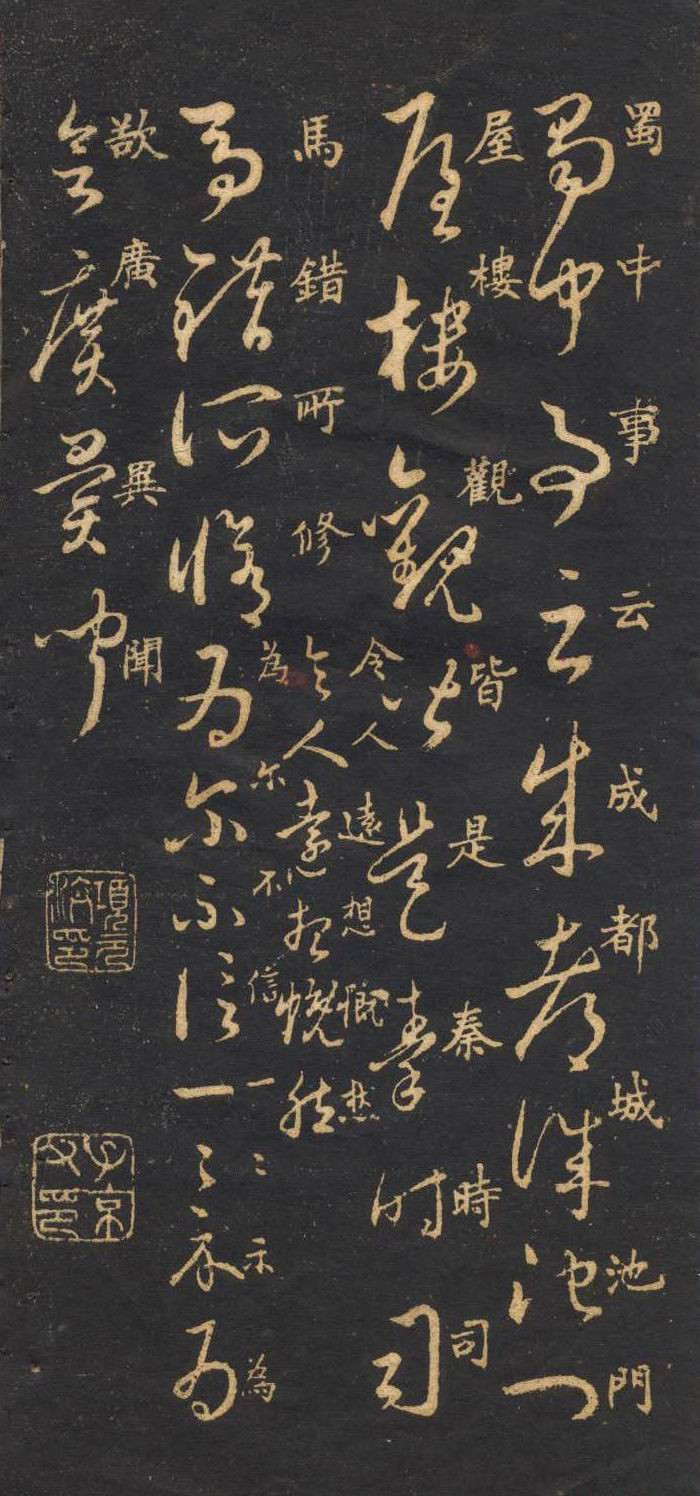
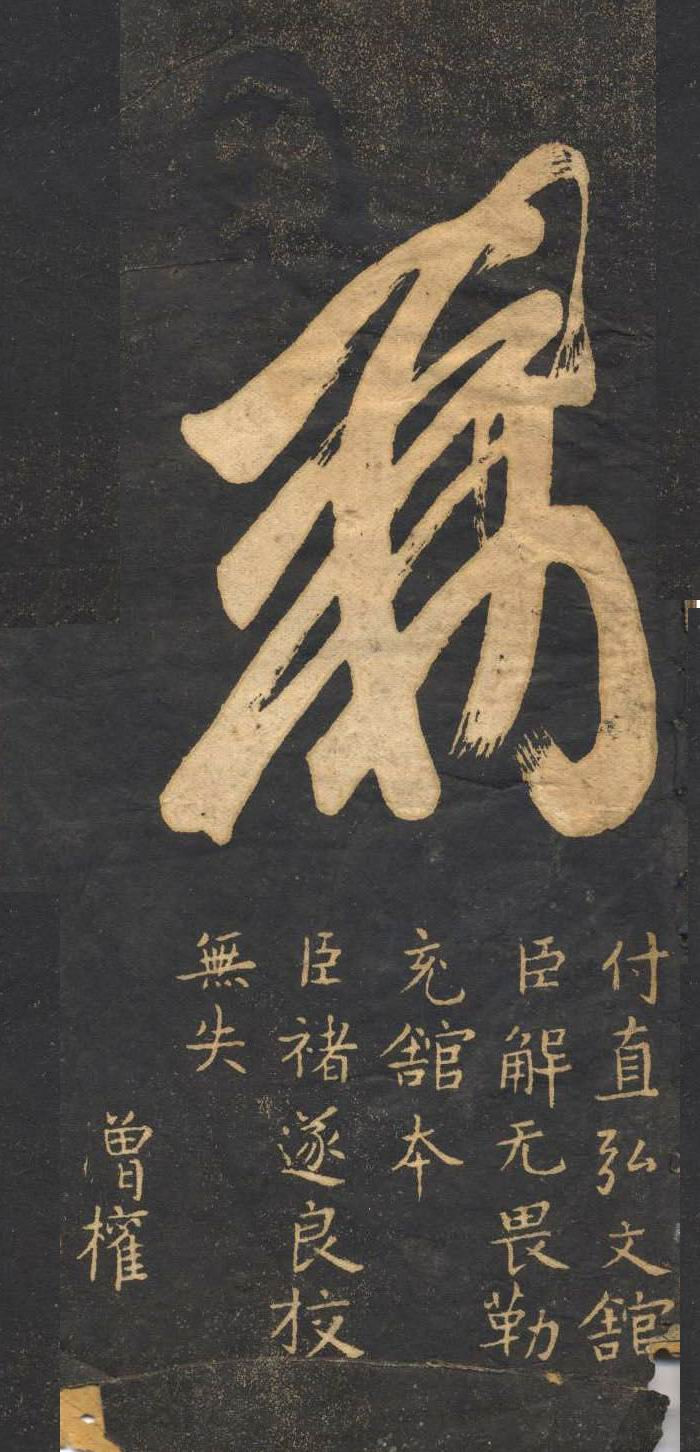
Minangong's Seventeen Posts is a copy of "Wang Xi's Seventeen Posts" by Mi Fu of the Song Dynasty. By comparing it with the original works, we can get the essence of the original work. The original calligraphy is one of the famous engraved calligraphy handed down by Wang Xizhi. It is named after the word "Seventeen" at the beginning of the volume. Li Shimin of Tang Dynasty admired Wang Xizhi's calligraphy very much and ordered to compile Wang's calligraphy. It is said that he collected as many as 3,000 pieces of paper, with a volume of one foot and two feet, and "Seventeen Posts" was one of them.
Huang Bosi of the Song Dynasty: "This volume is also a dragon in Yi Shao's book." Zhu Xi: "The seventeen chapters play with the meaning of the writing, calmly and generously, and aloof. They are not bound to the Dharma, and do not seek to escape from the Dharma. The true and meaningless words flow out from their own mind one by one. ." The content of this post is a letter. The writing is casual and interesting. The writing is vigorous and the rules are rigorous. It is an excellent model for learning cursive script throughout the ages.
Minangong (1051-1107), also known as Mi Fu, was a calligrapher, painter, and theorist of calligraphy and painting in the Northern Song Dynasty. A native of Wu, his ancestral home is Taiyuan. He has great talent, poor character, and is obsessed with cleanliness. It was imitated by people from the Tang Dynasty and stored more rare stones. The world name is Midian. Calligraphy and painting are in a class of their own. Good at identification. He once served as school secretary, doctor of calligraphy and painting, and wailang of the Ministry of Etiquette. He is good at poetry and calligraphy, and is good at calligraphy styles such as seal script, official script, regular script, running script, and cursive script. He is good at copying ancient calligraphy to the point of imitating the real calligraphy.
Mi Fu's fifth-generation ancestor was Mi Xin, an honorary official in the early Song Dynasty. Most of his great-grandfathers, great-grandfathers and above were military officials. His father's name was Zuo, whose courtesy name was Guangfu, and his official rank was General Wuwei. His mother, Yan, was the wet nurse of Gao, Empress Zhao Shu of Emperor Yingzong of the Song Dynasty. Mi Fu once served as the school secretary, a doctor of calligraphy and painting, and a foreign minister of the Ministry of Etiquette. He is good at poetry and calligraphy, and is good at calligraphy styles such as seal script, official script, regular script, running script, and cursive script. He is good at copying ancient calligraphy to the point of imitating the real calligraphy. He first studied under a certain scholar at that time, and later Ouyang Xun and Liu Gongquan. His calligraphy was tightly knotted and his strokes were straight and vigorous. Later, he studied under Wang Xizhi and Wang Xianzhi. His posture expanded and his strokes were thick and vigorous. He called himself a "brush calligrapher" and was the same as Su Shi. , Huang Tingjian and Cai Xiang are also known as the four major calligraphers of the Song Dynasty. He is good at painting dead wood, bamboo and stone, especially ink and wash landscapes. He uses dots in calligraphy to paint, and uses large strokes of ink to express the Jiangnan landscape in the changing smoke, clouds, wind and rain. It is known as Mi's Cloud Mountain and is full of creativity.
Mi Fu's calligraphy ink that has been handed down from generation to generation includes "A Condolence to the Queen Mother", "Shu Su Tie", "Tiaoxi Poetry Tie", "Worship to Zhongyue Ming Tie", "Hongxian Poetry Scroll", "Nine Cursive Tie", "Duojinglou" "Poetry" and so on, but no paintings have been handed down from generation to generation.

